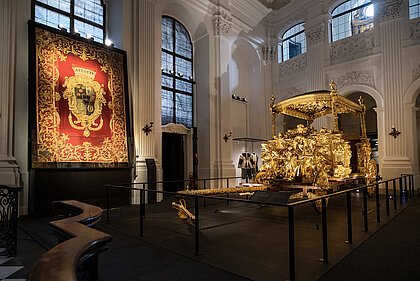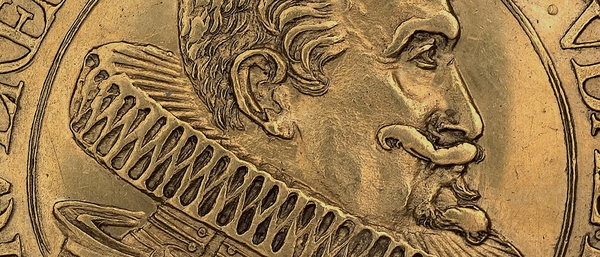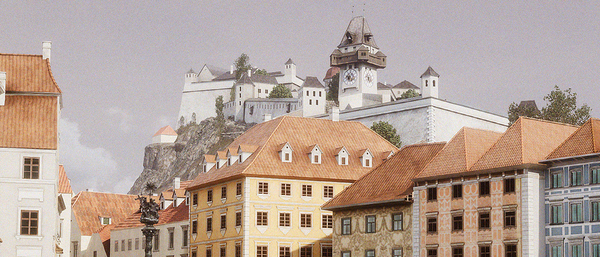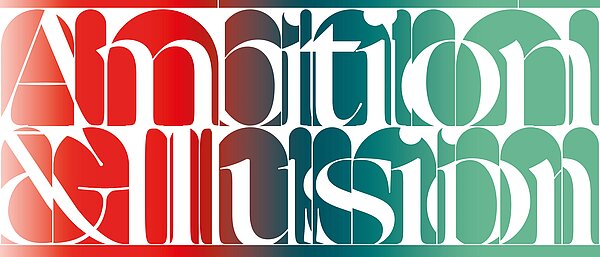This major anniversary exhibition transforms the state rooms into unique exhibition spaces. Immerse yourself in the world of the Eggenberg family and experience the UNESCO World Heritage Site in a new light. Make sure to get your ticket (online or on-site) including time slot.
Ambition & Illusion
Schloss Eggenberg: the staging of a world
Image Credits
Duration
26.04. - 02.11.2025
Location
Schloss Eggenberg, Schloss Eggenberg
Curators
Barbara Kaiser, Paul Schuster, Stefan Albl
Show all
About the
Exhibition
Join us in celebrating the 400th anniversary of Schloss Eggenberg. The major anniversary exhibition combines unique works of art and princely rooms with new media and music.
In 2025, Schloss Eggenberg turns 400 years old. For this exhibition, the palace and its 24 state rooms once again take on their original role: They become platforms for the staging of a princely family that has managed to mould its failure into an eternal success story with the help of a work of art. However, this staging would have been impossible without the help of many people, most of whom had to work behind the scenes.
The inspiring combination of precious artworks and stately rooms with new media and music provides visitors with a new experience that will surprise even those already familiar with Eggenberg.
Further information
As part of the SHOWING STYRIA 2025
Rediscover Eggenberg

Image Credits

Image Credits

Image Credits

Image Credits

Image Credits

Image Credits

Image Credits

Image Credits

Image Credits

Image Credits

Image Credits

Image Credits

Image Credits

Image Credits

Image Credits

Image Credits

Image Credits

Image Credits

Image Credits
Exhibition design & Media: OPERA Amsterdam, Studio Louter, Shosho
Sounds of Eggenberg: ĀRT HOUSE 17
Ambition & Illusion
Ambition was a defining characteristic of the talented and determined first Prince Hans Ulrich von Eggenberg (1568-1634). As imperial governor of Inner Austria, the scion of a previously insignificant Styrian patrician family reached the pinnacle of an incredible career in 1625. In the same year, Hans Ulrich commissioned the construction of a new residence in Graz: Schloss Eggenberg. 2025 marks the 400th anniversary of the start of construction and is the occasion for an outstanding exhibition project.
The house itself harbours a great deal of ambition. Hans Ulrich von Eggenberg had a Spanish-inspired royal palace built as a political manifesto and symbolic utopia of peace and order to express his good government. His descendants also perpetuated this illusion of a golden age, although the reality was characterised by hardship and decay. To this day, Schloss Eggenberg bears witness to the fame and honour of the Eggenberg family.
Schloss Eggenberg: The Staging of a World
The exhibition in the 24 state rooms and in the palace church takes us back to the time of the Eggenbergs – a time of crisis and change full of dangers, but also full of opportunities. Their baroque palace is not a country house but a huge theatre stage. The court ceremonial takes centre stage here. Eggenberg can also be read as a grand theatre. The state rooms and the Planetary Room take on their original role: they become platforms for the grand staging of a princely family that has managed to mould its failure into an eternal success story with the help of a work of art. The exhibition brings not only the family members but also the people who shaped the court before the curtain and tells of their lives.
The multimedia exhibition is divided into three thematic sections. It begins with a prologue that sheds light on the crises in Europe around 1600 and shows how Schloss Eggenberg was built in response to this time of upheaval. The first rooms are dedicated to Hans Ulrich von Eggenberg, his career, but also to the character and circumstances of this extraordinary statesman. The next act tells of life at court, but also of the courtiers' power struggles behind the scenes. We also meet the Prince himself and learn more about his duties, his ambitions and his failures. This is where illusion meets reality. The large sequence of rooms on the ‘female side of the house’, the former ceremonial apartment of Princess von Eggenberg, places the women who lived here centre stage: the focus is on female role models and the associated opportunities and constraints in a world dominated by men.
Another room will also help visitors to decipher Eggenberg’s enigmatic architecture and reveal the secrets behind the fascinating symbolism of the numbers. The staging of the Planetary Room makes its painting decoration speak through multimedia. The palace church and vestry feature the most precious exhibits and are the highlight of the exhibition. The entire splendour of a prince’s ceremonial procession in Baroque Rome is brought to life here in a spectacular display.
A combination of precious items and innovative media
The characteristic of the exhibition concept lies in the combination of precious loans and innovative media with the house and its unique interior design. For the first time, important artefacts from the family will be shown together again in the Schloss. Archives and collections in Austria, Germany, Italy, and the Czech Republic provide valuable originals and unique works of art. This exhibition would not be possible without the generous help and support of national and international lenders.
Sounds of Eggenberg
Pieces of music also play an important role in the exhibition as immaterial exhibits. The artists' collective ĀRT HOUSE has rediscovered, reworked and recorded these ‘Sounds of Eggenberg’, including works by Heinrich Schütz, Ignaz Franz Biber, Stefano Landi, Antonio Draghi, Pierre Gaultier, and Johann Jacob Prinner. As a cooperation partner, the Styriarte will be presenting music from the world of the Eggenbergs in several programmes in 2025.
Golden Carriage of Prince Johann Anton von Eggenberg
The exhibition Ambition & Illusion. Schloss Eggenberg: the staging of a world brings together precious objects from the world of the Eggenbergs in their residential palace for the first time. The undisputed highlight among the international loans is the unique Golden Carriage of Prince Johann Anton von Eggenberg, which was loaned for the first time for the exhibition as part of the show and will be on display here until 6 October 2025.
Impressions
Openings of SHOWING STYRIA 2025
Find all event photos here






















